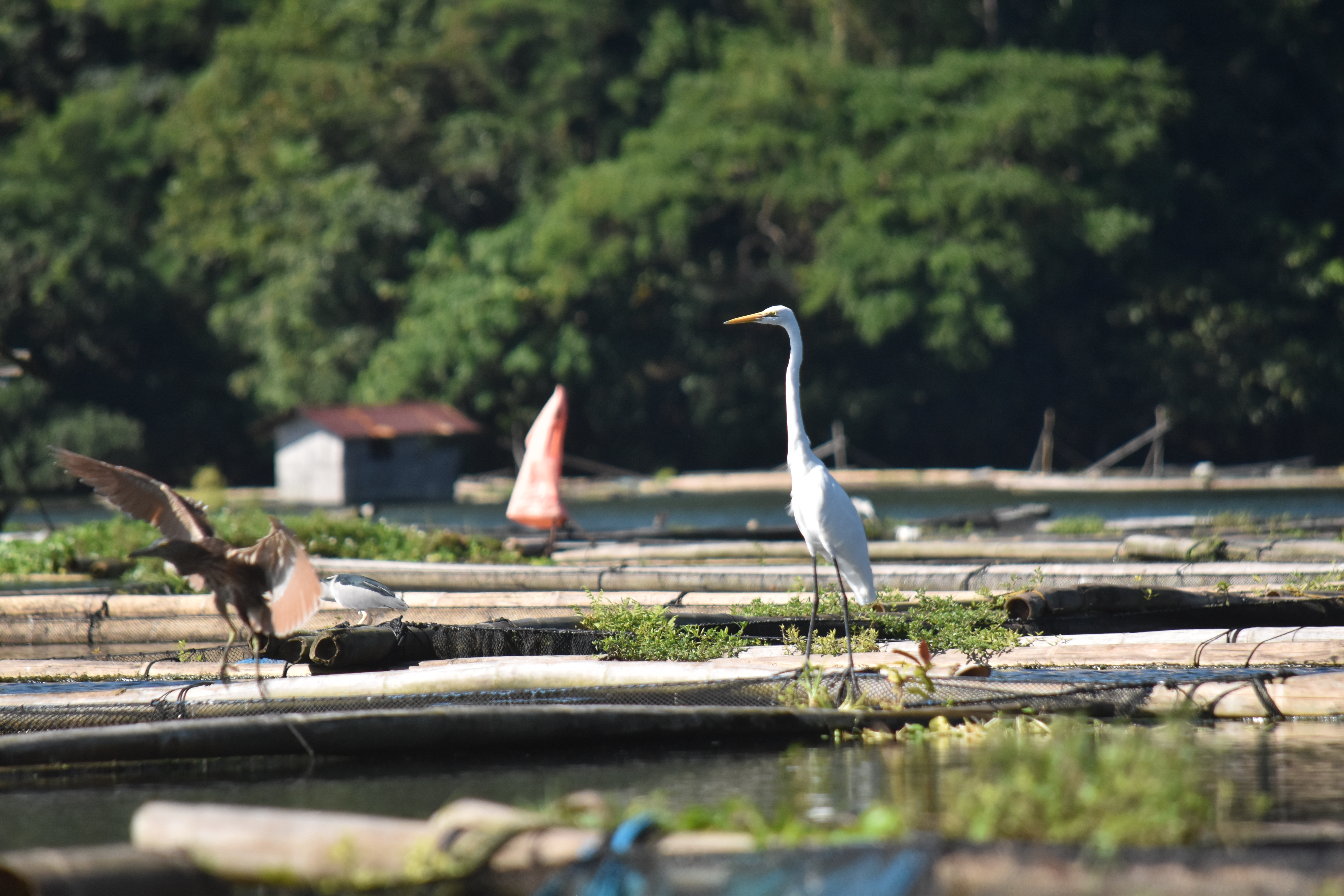
DENR-CENRO Sta. Cruz observed diverse species of migrant birds during its annual Asian Waterbird Census (AWC) within the nine identified migratory bird sites in Laguna.
A total of 14 species were observed during the monitoring, 8 of which were classified as migrant, 1 resident, and 1 resident and migrant.
Waterbirds are defined as a large group of bird species that feed near or in water. Said bird species include shorebirds that forage primarily in saltwater habitat, and wading birds that utilize both freshwater and brackish water.
The AWC sites within the jurisdiction of CENRO Sta. Cruz are mostly rice fields and lake ecosystems located in Brgy. Burgos, Pakil; Sampaloc Lake and Calibato Lake in San Pablo City; Brgy. Sampaloc, Pagsanjan; Brgy. Masiit, Calauan; Brgy. Maytalang I, Lumban; Brgy. Dayap, Calauan; Brgy. Halayhayin, Siniloan; and Brgy Lewin, Lumban, Laguna.
Interestingly, the most diverse migratory bird site was Brgy. Burgos, Pakil, Laguna with a total of 11 species recorded. The highest number of birds recorded was in Brgy. Maytalang I, Lumban with a total of 401 heads composed of 310 Intermediate Egret (Egretta intermedia), 55 Little Egret (Egretta garzetta), 33 Whiskered Tern (Chlidonias hybridus), 3 Purple Heron (Ardea purpurea).
Bird species such as Black-crowned Night-heron, Great Egret, Intermediate Egret, Little Egret, Wood Sandpiper, and Whiskered Tern are classified as migrants that breed outside the Philippines and migrate to the country as a response to seasons where they migrate from areas with low temperature to warmer temperatures. Places such as the Philippines provide food supply to these birds, thus the act of flocking in large numbers. The Intermediate Egret (Egretta intermedia), a migrant bird species, has the highest count with a total of 310 heads with the highest number recorded in Brgy. Maytalang I, Lumban, Laguna.
One resident and migrant species were found in Brgy. Sampaloc, Pagsanjan, Laguna, composed of 3 heads of Cattle Egret (Tachybaptus ruficolis).
From the species recorded in the 9 sites, 34.62% of the species are from family Ardeidae composed of Cattle Egret, Intermediate Egret, Chinese Pond Heron, Little Egret, Purple Heron, Black-crowned Night-heron, Great Egret, Striated Heron, and Rufous Night-heron. This is followed by Family Rallidae consisting of Buff-banded Rail, Common Moorhen and White-browed Crake.
The total number of migratory birds and its species was observed to have decreased during the first quarter of 2024, as compared to the first quarter of last year, from 2,881 heads to 1,638 heads. It was noted that the number of migratory birds has decreased by 56.64% which may be influenced by temperature and weather condition, untimely monitoring of birds to land preparation of fields which provide them readily-available food in rice field ecosystems, and existence of fish cages that serve as food for birds in lake ecosystems.
CENRO Sta. Cruz urges the public to protect the migratory birds as they are an essential part of the ecosystems for they directly contribute to the functioning, balance, and makeup of healthy ecosystems. ###
- Details
- Parent Category: News & Events
- Category: Press Releases
- Published: 14 February 2024